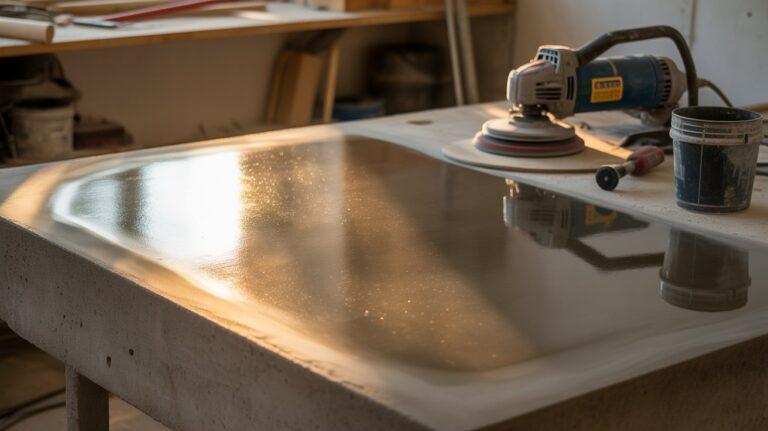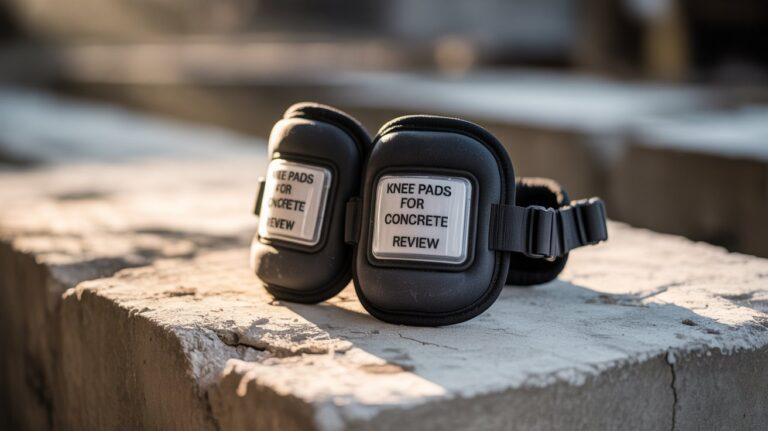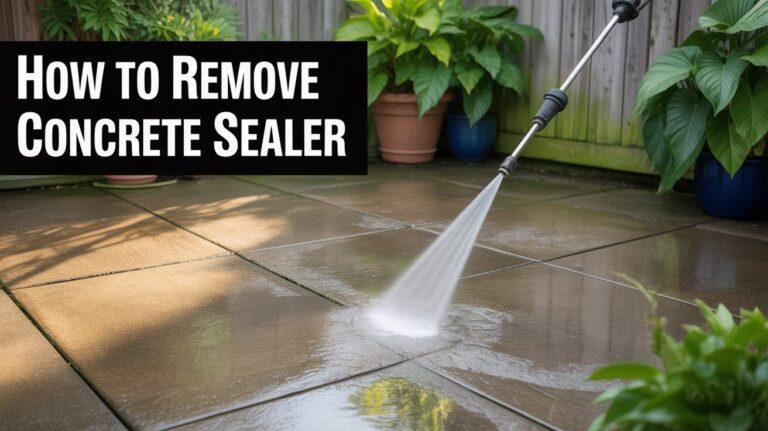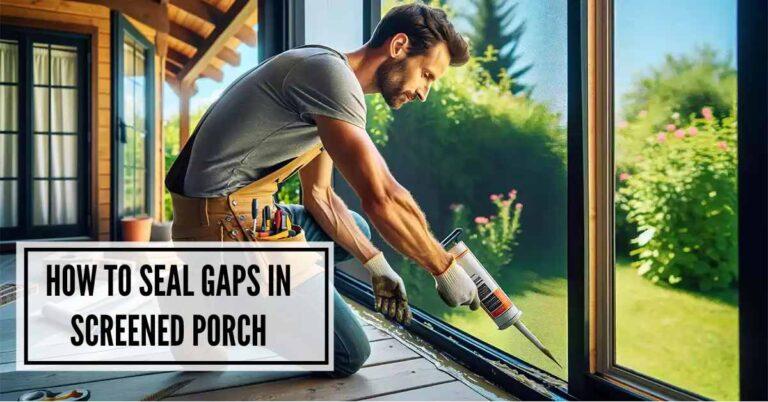How to Seal Patio Surfaces: A Guide to Longevity in 2024
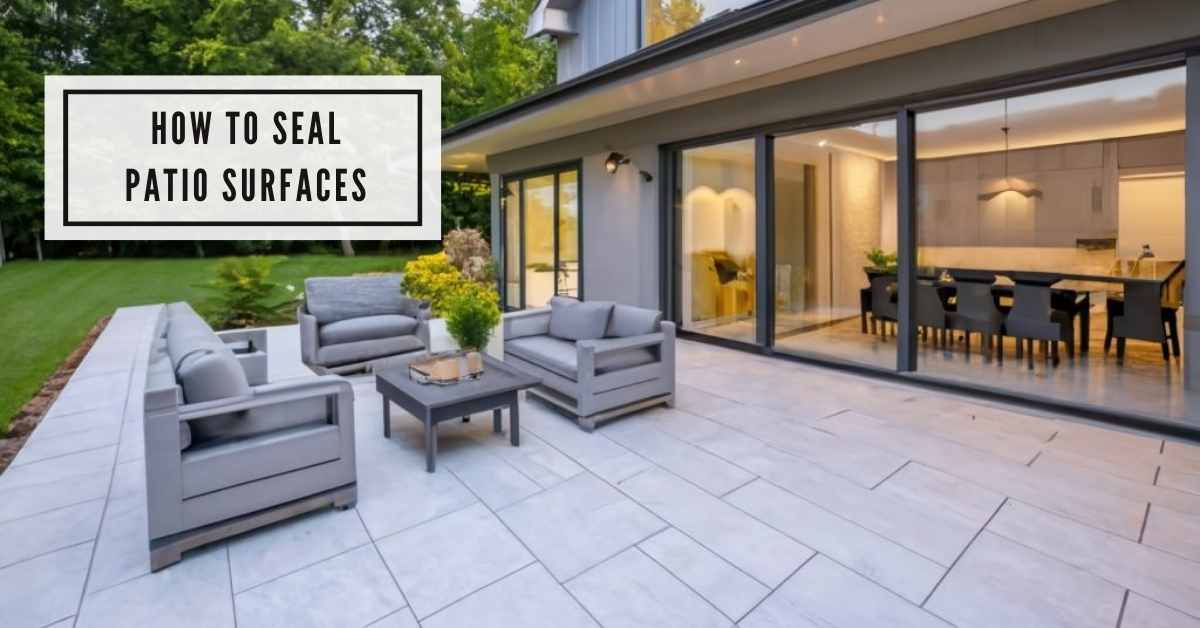
To seal a patio, first clean the surface thoroughly and apply a suitable sealant. Ensure the sealant is compatible with your patio material.
Sealing a patio extends its lifespan, enhances aesthetics, and prevents weed growth and water damage. The process involves choosing the right type of sealant, whether for concrete, pavers, or natural stone, followed by systematic application and curing. Keeping your outdoor area in pristine condition not only boosts your home’s curb appeal but also contributes to its overall value.
Maintenance is key to enjoying your outdoor space for years to come, and sealing your patio is a crucial step in that maintenance. Proper application of the sealant will safeguard the patio from the elements, making it a worthwhile investment for any homeowner looking to preserve their exterior living space.
Transform Your Patio with Sealing: A Visual Journey
Protecting your patio is like caring for a valued home investment. Sealing your patio isn’t just an afterthought; it’s a necessity to guard against the elements and preserve the beauty and life of your outdoor oasis. Whether concrete, natural stone, or pavers, every patio demands a shield to keep it hospitable for those sunny days and serene nights.
Understanding The Importance Of Sealing
Sealing is akin to applying sunscreen on a sunny day; it offers a layer of defense. It prevents discoloration, repels stains, and blocks damage from water and the sun. A sealed patio can withstand the diverse challenges of outdoor spaces, maintaining its integrity and appearance for family and friends to enjoy year after year.
Types Of Patio Surfaces And Their Vulnerabilities
Take a moment to ponder your patio’s makeup. Is it quaint brick, elegant flagstone, or perhaps modern concrete? Each material comes with unique weak points:
- Brick craves protection from weeds and shifts in weather.
- Flagstone fears the loss of its regal color to sun exposure.
- Concrete dislikes water that sneaks into its pores, freezing and cracking.
Assessing The Need For Sealing Your Patio
Inspection is key. Survey your patio for telltale signs such as dullness, cracks, or weeds hinting that it’s time to seal. Age matters too; a new patio will call for sealing earlier to start its life on the right foot, while an older surface might show the urgency for a sealing refresh. Assess your patio’s current state and prioritize sealing for uninterrupted, carefree outdoor enjoyment.

Credit: www.amazon.com
Preparation For Sealing
Before transforming your patio with a new sealant, proper preparation is crucial. This ensures a smooth application and lasting finish. Let’s walk through the steps needed to get your patio ready for sealing.
Cleaning: The First Step To Sealing
A clean surface is essential for a successful seal. Start by sweeping away debris. Dirt, leaves, and stones must go. Next, tackle stains. Use a degreaser for oil spots. For organic growth like mold, a solution of bleach and water works well. Rinse thoroughly with a pressure washer or hose.
Materials And Tools Required For Sealing
| Sealing Materials & Tools | |
|---|---|
| Sealant | Pick the right type for your patio. |
| Paint Roller/Brush | For even application. |
| Application Tray | Keep sealant within reach. |
| Cleaner | For prepping the surface. |
| Pressure Washer | Deep cleaning made easy. |
Don’t forget protective gear! Gloves and safety goggles are key. Cover adjacent areas to protect from sealant splashes.
The Best Conditions For Sealing Your Patio
Weather and temperature matter. Choose a dry day with mild temperatures. Avoid extreme heat or cold. The ideal range is between 50-90 degrees Fahrenheit. Check the forecast for rain to ensure a dry working window of at least 24 hours post-application. Sealing works best when nature is on your side!
Choosing The Right Sealant
Sealing your patio adds protection and keeps it looking fresh for years. Ensure you look for a sealant that aligns with your patio material, aesthetics, and weather conditions. A good sealant will resist water, prevent stains, and extend the life of your outdoor space. Let’s dive into the details of picking the perfect sealant for your patio project.
Comparing Types Of Sealants
Not all sealants are equal. Your choice should hinge on your patio’s material, usage, and exposure to the elements. Check out these widely-used options:
- Acrylic: Easy to apply, dries quickly, and economical.
- Silicone: Highly flexible and water-resistant, great for various temperatures.
- Polyurethane: Durable and tough against traffic, excellent for high-use patios.
- Epoxy: Forms a hard surface, best for smooth, non-porous surfaces.
- Natural Stone Sealer: Designed specifically for natural stones, offering a blend of protection and beauty.
Sealant Application Tips: Matte Vs. Gloss Finish
| Finish Type | Pros | Cons |
|---|---|---|
| Matte | Non-reflective, hides imperfections, natural look | May require more maintenance |
| Gloss | Reflective, vibrant color enhancement, easy cleaning | Shows wear easily, slipperiness when wet |
To decide between matte or gloss finish, consider your desired look and practical use. Gloss finishes offer a shiny look, while matte provides a more subtle, natural appearance. Also, remember to check your local weather. A gloss finish can be slippery in rain or snow.
Eco-friendly And Non-toxic Options For Sealants
Choosing an eco-friendly sealant means taking care of your health and the environment. Water-based sealants typically contain fewer volatile organic compounds (VOCs), making them safer for you and the earth. Here are several options:
- Water-Based Acrylic Sealers: Low in VOCs, easy water cleanup.
- Plant-Based Impregnators: Natural protection, penetrate deep without harmful chemicals.
- Penetrating Water-Based Urethanes: Durable, low odor, and long-lasting with minimal VOCs.
Always check the product labels for “non-toxic” or “low-VOC” claims to ensure you’re making an eco-conscious choice.
Sealing Techniques And Application
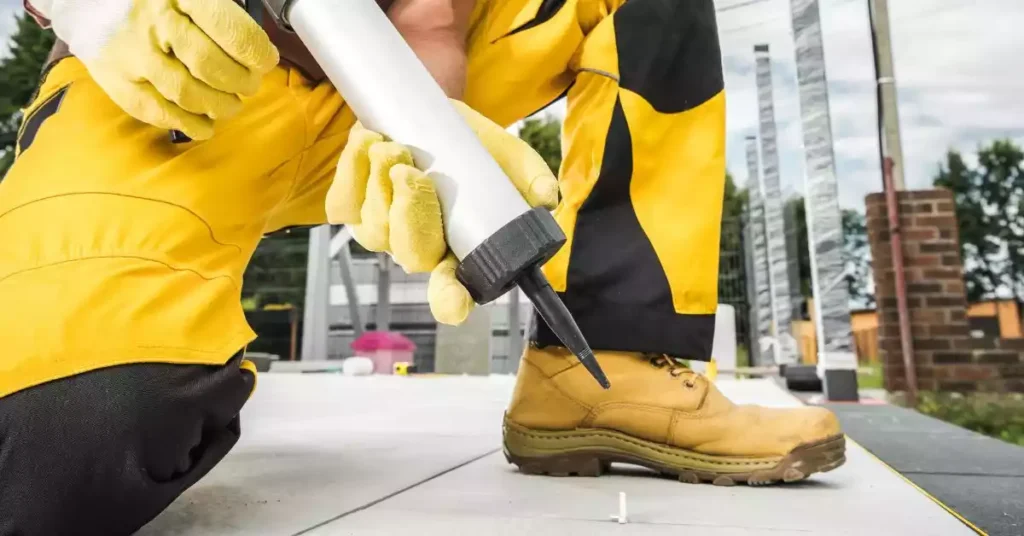
The right sealing technique can make your patio last longer and look better. Sealing protects against stains, UV damage, and water issues. Before you start, understand the process for the best results.
Step-by-step Guide To Applying Sealant
Clean your patio thoroughly before sealing. Use a pressure washer for best results.
- Pick the right day: Ensure no rain is forecasted for 24 hours.
- Prepare the sealant by stirring it well.
- Apply the sealant with a roller or sprayer.
- Work in sections, ensuring an even coat.
- Allow it to dry completely.
Common Mistakes To Avoid While Sealing
- Not cleaning the patio.
- Sealing before it’s dry.
- Applying too much sealant.
- Ignoring manufacturer instructions.
Maintenance: Ensuring Long-term Protection
Regular maintenance keeps your patio’s sealant effective. Clean spills quickly to prevent stains. Every few months, sweep and wash the area. Check for sealant reapplication every two years, or as needed.
Aftercare And Periodic Maintenance
Once your patio is sealed, proper care is crucial. Regular aftercare and periodic maintenance ensure lasting protection. A well-maintained patio is the key to enjoying outdoor living for years to come.
How To Clean Your Sealed Patio
Maintaining a clean patio extends its life and retains its beauty. Use these easy steps:
- Sweep regularly to remove debris and dirt.
- For spills, use mild soap and water, then rinse.
- Every few months, give your patio a thorough wash.
- Avoid harsh chemicals that could damage the sealant.
When To Reapply Sealant: Signs To Look For
Reapply sealant to prevent wear and tear. Look for these signs:
- Dull or faded areas might mean it’s time to seal again.
- If water no longer beads, reapplication is necessary.
- Cracks or chips in the patio surface need attention.
- High traffic areas may need frequent sealant updates.
Long-term Benefits Of Regular Patio Maintenance
Regular maintenance ensures:
| Benefit | Explanation |
|---|---|
| Extended Lifespan | Sealant keeps your patio strong for years. |
| Enhanced Appearance | A clean, sealed patio always looks new. |
| Reduced Repair Costs | Preventive care saves money on fixes. |
| Improved Safety | Sealant provides a slip-resistant surface. |
Frequently Asked Questions For How To Seal Patio
What Is The Best Way To Seal A Patio?
To best seal a patio, clean the surface thoroughly, then apply a high-quality sealant designed for the specific patio material, ensuring a dry, protected application area and following the manufacturer’s directions.
How Do You Seal An Outdoor Patio?
Clean the patio thoroughly and let it dry. Apply a high-quality sealant using a roller or sprayer. Ensure even coverage and avoid pooling. Allow the sealant to dry according to the manufacturer’s instructions. Regular maintenance extends the sealant’s life.
Can I Seal My Patio Myself?
Yes, you can seal your patio yourself by selecting the appropriate sealant, cleaning the surface, and applying the sealant according to the product’s instructions. Ensure the patio is dry and check the weather to avoid rain during the process.
Is Sealing A Patio A Good Idea?
Sealing your patio can extend its lifespan, protect against weather damage, and enhance its appearance, making maintenance easier. It’s an effective way to safeguard your investment.
What Materials Work Best For Sealing A Patio?
Patio sealing is most effective using silane-siloxane sealers for concrete, stone-enhancing sealers for natural stone, and clear sealants for pavers.
Conclusion
Sealing your patio protects it from the elements and extends its life. The right techniques ensure lasting results. Start with surface preparation, choose the appropriate sealant, and follow correct application methods for a pristine finish. Regular upkeep keeps your outdoor space looking great season after season.
Ready to enjoy your refreshed, durable patio?

I am Robert Sandin, a professional sealing expert with a diverse range of expertise. From concrete to various other materials, I possess in-depth knowledge and experience in the art of sealing. On my website, I offer valuable tips and expert recommendations on sealing techniques and products for different materials. Whether it’s concrete, wood, metal, or more, I am committed to providing you with the guidance you need for successful sealing projects.


